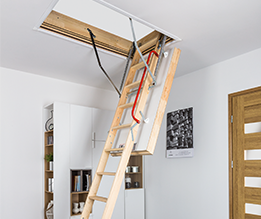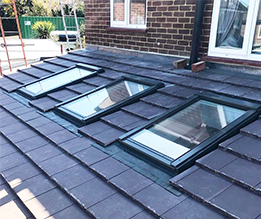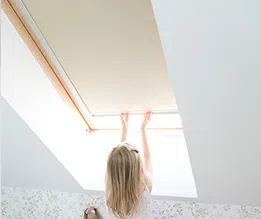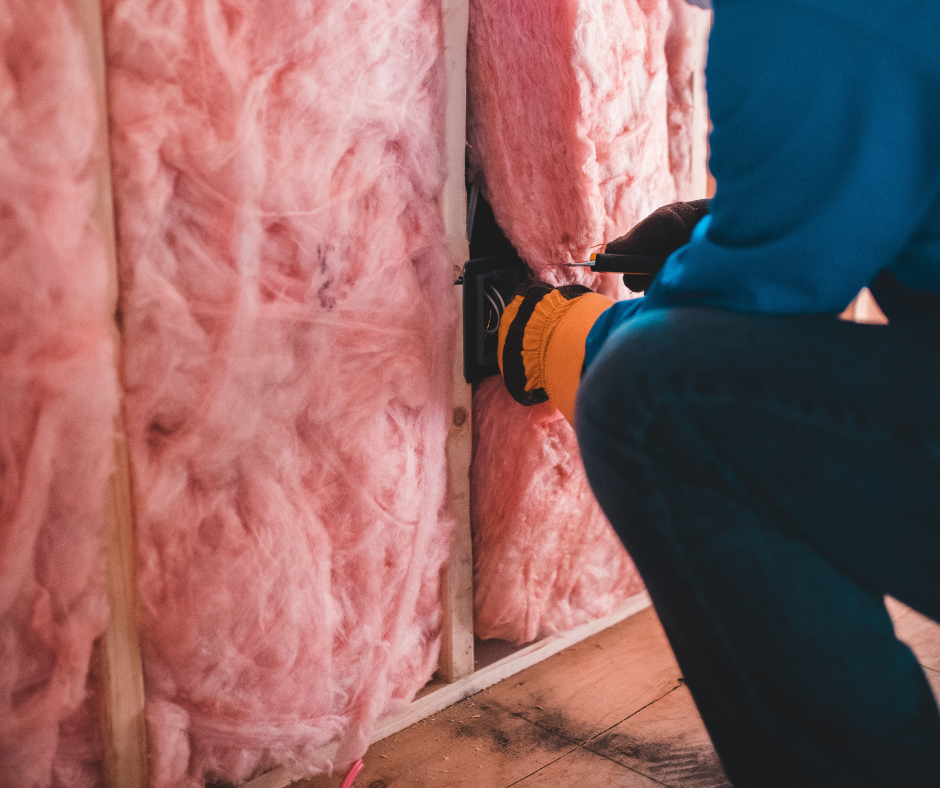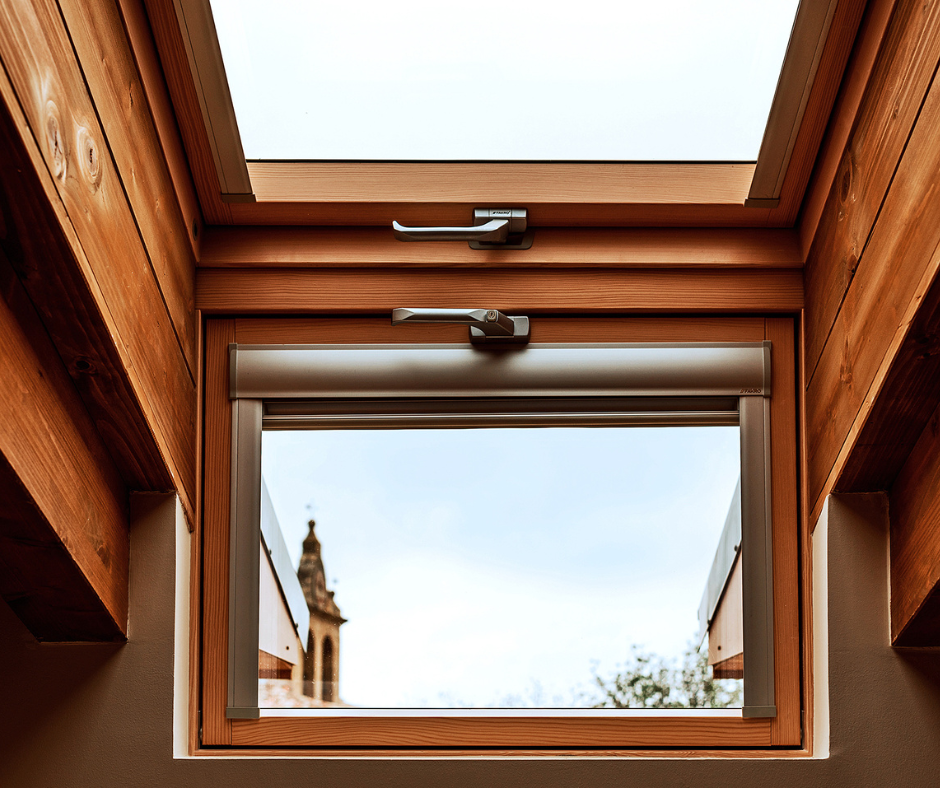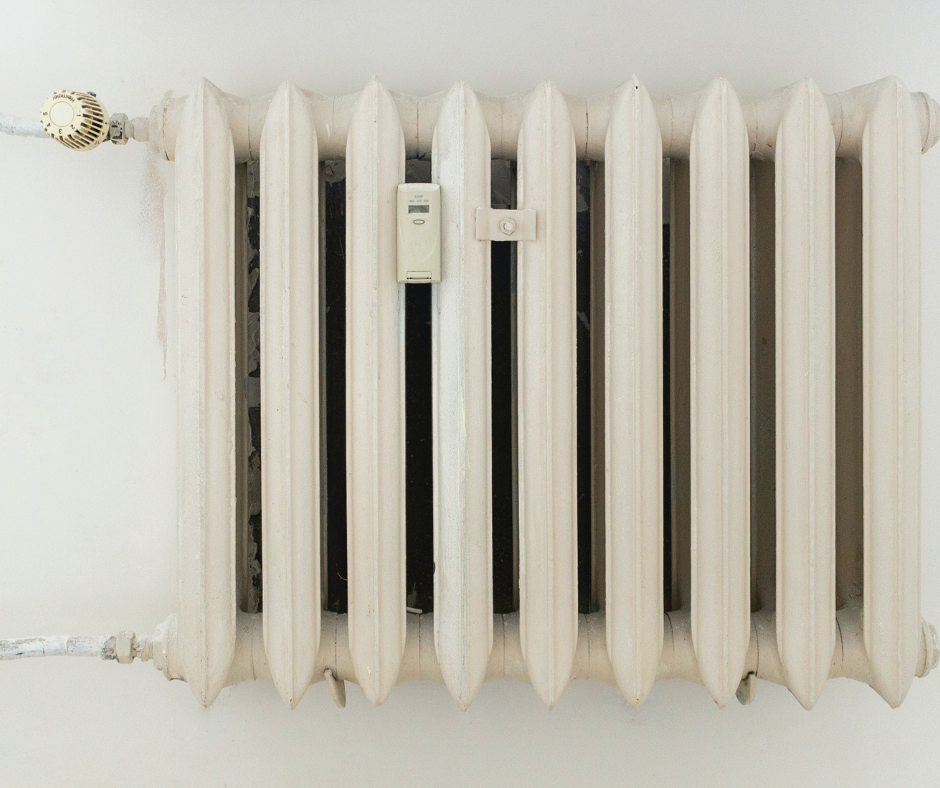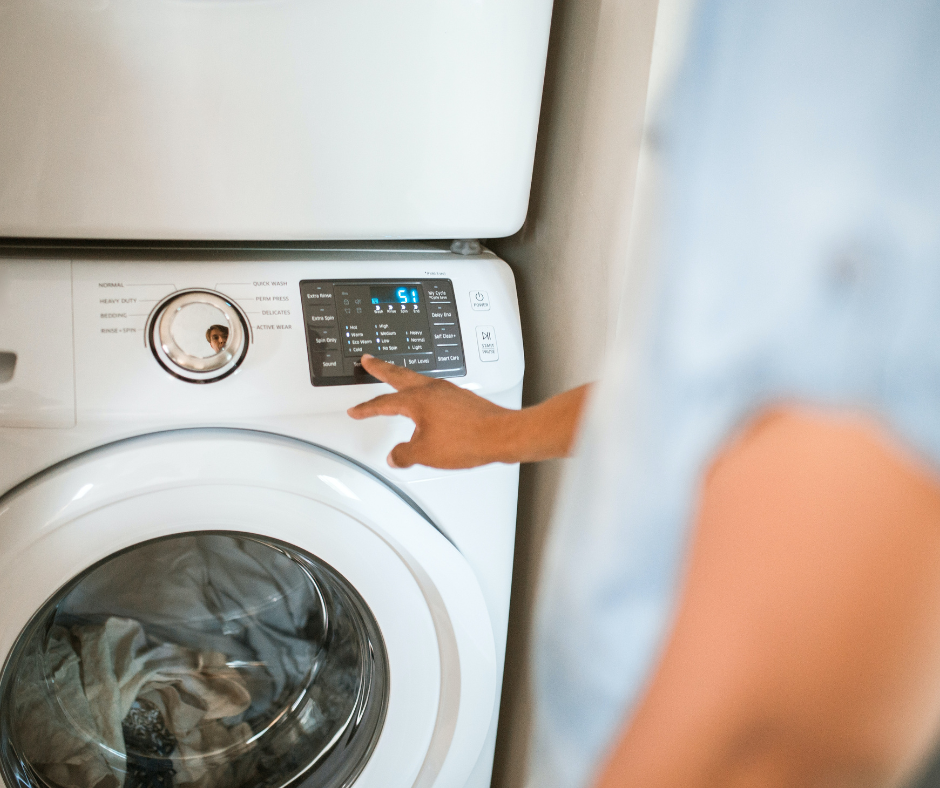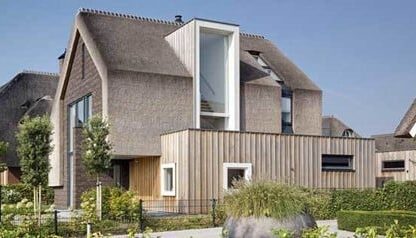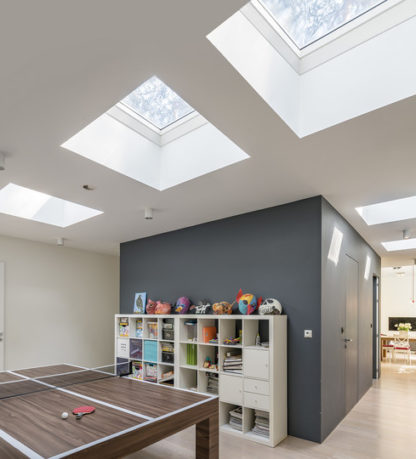Saving energy at home: How to make your home more energy efficient
Whether you’re trying to live more sustainably or simply looking to cut down on your household bills, the good news is that there are lots of ways you can save energy at home and make your home more energy efficient. Improving energy efficiency can save you money by reducing how much energy you require to heat your home, power your appliances, and keep your lights turned on. The more efficient these systems are, the less you’ll have to use — and the less you’ll have to pay! What’s more, making your home more sustainable can even increase property value. It also means your home will have a lower carbon footprint, as you’ll be able to reduce the amount of fossil fuels used, keep carbon emissions low, and use less environmentally damaging ways of generating energy. Some small changes can make a big difference over time, whereas other methods can cause an immediate and significant drop in the amount of energy you use when heating and powering your property. In this guide, we’ll take you through some of the best ways to lower your energy consumption and make your home more eco-friendly. We’ll cover:
- Insulation
- Wall insulation
- Floor insulation
- Roof and loft insulation
- Doors and windows
- Windows
- Doors
- Heat and light
- Energy-efficient lighting
- Low carbon heating
- Draught proofing
- Other considerations
- Don’t leave rooms empty
- Replace your old appliances
- Adjust your habits

Insulation
One of the best ways to improve home energy efficiency is to add insulation. Insulation is the process of identifying areas of your home where heat is escaping, and padding it with materials designed to keep heat in. Trapping heat in this way means you don’t need to use your heating as much to keep your home a comfortable temperature, improving energy efficiency while also helping to keep your bills low. The most common types include wall, floor, and roof and loft insulation.
It’s estimated that the average home loses 35–45% of its heat through the walls (Northern Energy), so wall insulation is crucial for keeping this heat in and reducing your energy output. However, despite this, only 49% of dwellings in the UK have adequate solid or cavity wall insulation (Statista).
The majority of wall insulation is made from fibreglass, which — as the name suggests — is literally glass that is spun into very fine fibres. The good news is that most fibreglass available on the market is made from recycled material, so not only are you making your home more eco-friendly, but you’re doing it in a way that uses sustainable methods.
Other eco-friendly alternatives to fibreglass include cellulose, mineral wool, cork, hemp, cotton, and sheep’s wool. These materials are natural and renewable, so they are sustainable as long as they are responsibly sourced. To be considered responsible, the manufacturers should take things like forest preservation, biodiversity protection, and animal welfare into account when producing insulation material.
When you think of home insulation, your floors probably aren’t the first thing you think of. But your flooring can actually lose 10% of your home’s heat (Northern Energy), which can raise your energy bills and make your home seem cold and unwelcoming, even with the heating on. So, it’s definitely a worthwhile investment to insulate your floors (if you haven’t already) or look into replacing your insulation if it’s letting heat escape.
If you’re insulating a solid concrete floor, this can be as simple as laying down insulation mats under the carpet — you’ll have to take into account the height of your doors and skirting boards to do this. If you have a floor comprising joists and floorboards, the process will likely involve lifting the boards and padding the space beneath with insulation such as fibreglass.
Whether you have a loft conversion or just use your loft space for storage, insulating the floor and ceiling joists is crucial to improving the energy efficiency of your home. Research has shown that around 20% of your home’s heat is lost through the roof alone (Northern Energy), and insulating your loft can help prevent this from happening by retaining heat and increasing energy efficiency.
If you’re wondering how to insulate a loft, the good news is that it’s incredibly easy and you can even do it yourself in most cases. However, with such a high proportion of heat lost through an uninsulated loft, hiring a professional will mean that you’re not taking any chances when it comes to conserving energy.
According to building regulations (Planning Portal), insulation is part of the process of converting a loft. Did you know that loft conversions are one of the most straightforward types of building work you can have done to a property? They’re inexpensive, they add value to your home, and they usually don’t require planning permission. So, if you’re having your loft insulated, why not go one step further and convert your loft into a liveable space?
Doors and windows
When considering the whole home, it may surprise you to learn that doors and windows aren’t responsible for letting out as much heat as you may think! Walls, floors, and roofs are much bigger culprits when it comes to wasting energy, so the good news is that you don’t have to sacrifice light and airiness if you want greener home, and you can add more windows without wasting extra energy.
However, old or improperly installed doors and windows can quickly let in draughts which can lower the temperature of your home and affect your energy efficiency. So, it’s important not to neglect these factors when making your home greener.
Windows are rated according to their energy efficiency, which helps you know which windows are going to limit the amount of heat escaping. Just like other energy efficiency ratings you may see on appliances or properties for sale, A is the best rating, and E, F, or G tend to be the worst. Building regulations state that all new buildings must be fitted with windows with a rating of C or above.
Windows were traditionally (and can still be) single glass panes, but most models nowadays are double glazed. In double glazing, the window comprises two panes of glass with an insulating gas sandwiched in-between providing effective windows insulation. These make it more difficult for heat to escape, and they have the added benefit of muffling noise too. As of 2020, over 86% of homes in the UK have double glazing (Statista), and you can also get triple and even quadruple glazing too for further insulation.
Most modern windows are specifically designed to let sunlight in without letting heat out. The amount of light a window’s glass lets in is known as the solar gain, or g-value — the higher this value is, the better. The amount of heat it can let out is the U-value, and you want this to be as low as possible when shopping for windows. Some windows are made from low-E glass, which has a special coating designed to further reduce heat emissions.
FAKRO offer a number of energy-efficient glazing options. Their U8, quadruple glazed, Passivhaus glass has a U-value of 0.58W/m²K, making it the most efficient roof window on the market (within a single unit) and Passivhaus-certified.
So, there are plenty of ways to make sure your windows aren’t wasting heat. in fact, more windows could actually help you save some energy, as you won’t need to use many artificial indoor lights if your home can let in more natural light through glazing. You can find other ways to let more light into your home in our guide to brightening a dark room.
Just like windows, doors also come with energy efficiency ratings. The ratings are based on things like what material the door is made from, how well it can be fitted and sealed, and how well it can retain heat. Many doors are even made from recycled materials, which can boost your home’s carbon credentials too, so it’s worth doing your research and replacing your door with a more eco-friendly option if possible.
Heat and light
Heating is by far the biggest drain on your home’s energy, which is why it’s so important that you insulate your home properly to prevent it escaping. Lighting is another drain on your energy bill, but there are ways of making your heat and light more efficient.
In many cases, improving the energy efficiency of your lighting can be as simple as switching to energy-saving lightbulbs. Or, you may want to replace old inefficient light fittings with newer models. Either way, your options for greener light sources include CFLs, which are much more efficient than traditional incandescent bulbs, and most importantly LEDS, the best bulbs on the market for energy efficient lighting.
LED bulbs and lights give off very little heat, which means that more of the energy used to power them goes towards generating light instead of being lost though heat. In comparison, incandescent bulbs release 90% of their energy as heat and CFLs release about 80%. Another bonus of switching to LEDs is that they last for years too, so you won’t have to replace them as often.
Low carbon heating is any alternative method of providing heat and hot water to your home rather than gas central heating, which releases fewer carbon emissions into the atmosphere than burning fossil fuels. Your options for low carbon heating in the home usually include heat pumps (either air or ground), solar panels, and biomass boilers.
Though you’ll save significant amounts on your energy bill by going low carbon, swapping to a new heating system can be costly as the new system may require additional infrastructure. So, be sure to explore what government grants and incentives you may be entitled to for making the switch.
If you’re thinking of buying a plug-in electric heater or space heater, it’s important to consider how much of your home you want to heat. These are much more expensive and environmentally damaging than central heating systems when used to heat your entire home. However, if you just want to heat a very small space, such as one room, they can be a better alternative.
Draught-proofing is often cited as a major way to make an old house more energy efficient. But what is the difference between draught-proofing and insulating? Insulation stops heat from escaping through barriers like walls, roofs, and floors, whereas draught-proofing stops heat from escaping through gaps in your home. These gaps include:
- Around windows
- Under doors
- Through open chimneys
However, draught-proofing doesn’t include plugging up vents and grilles. These features are important for ventilation and for keeping your home damp-free and fresh, so stick to draught-proofing accidental gaps instead. To do so, you can use draught excluders, sealants, fillers, and caulk, and in some cases even newspaper and cardboard will do the trick.
Other considerations
While more insulation, energy-efficient doors and windows, and better heat and light options can make the biggest differences when making an eco-friendly home, there are a few other things you can do to ensure your home is as green as possible.
It takes more energy to heat an empty room, so you should consider filling empty spaces in your home if you can by redistributing your furniture and other belongings. If you have a spare room or loft, turn off the heating in these rooms and use them to store items you don’t need every day — you won’t waste energy heating them up, but the items you store in them can help trap and absorb heat that passes through from elsewhere in the house, rather than allowing it to escape.
Newer models of washers, dryers, and dishwashers tend to be more efficient than their predecessors, so if you want a more environmentally-friendly home, swapping your old appliances for a more updated version can really make a difference. The same goes for fridges, freezers, plug-in heaters, and any other appliances that typically take a lot of power to run.
White goods are rated depending on their energy efficiency, so avoid those with a low rating when replacing your appliances. In the UK, new models made after 2012 must be A+ or above according to law — if you want the best, look for A+++ rated appliances.
Finally, just changing the way you use energy at home in little ways can help. Things like turning electrical goods off at the wall when you’re not using them, washing clothes at a lower temperature, and only boiling as much water as you need may seem like small gestures, but over the course of a few weeks, months, and years, adjusting your habits can make a huge difference to your carbon footprint. That’s not to mention how much you can save on your bills by living more consciously too, so it’s worth making a list of ways you can cut down on your energy usage and getting your whole family involved.
Whichever methods you choose to make your home more sustainable, you can understand and manage your usage better with a smart energy meter. These give you accurate metrics for how much energy you’re using and where it’s being used, so you can adjust your behaviour accordingly and gradually get your consumption down. Most energy providers will give you a smart meter for free, so get in touch with whoever you pay your bill to if you want to discuss your smart meter options.
If you’re looking to save energy at home by making your home more energy efficient, these are just some of the best ways you can do so. Whether you’re motivated by environmental issues or want to cut down on costs, the good news is that there are plenty of simple steps you can take to reduce how much energy your home uses.
At RW4Y, we have plenty of home improvement advice in our knowledge hub that can help you with projects such as loft conversions, extensions, and installing roof windows. What’s more, we can help you find the perfect products to use in your project from skylights to loft ladders, so get in touch or browse more of our handy articles today!

